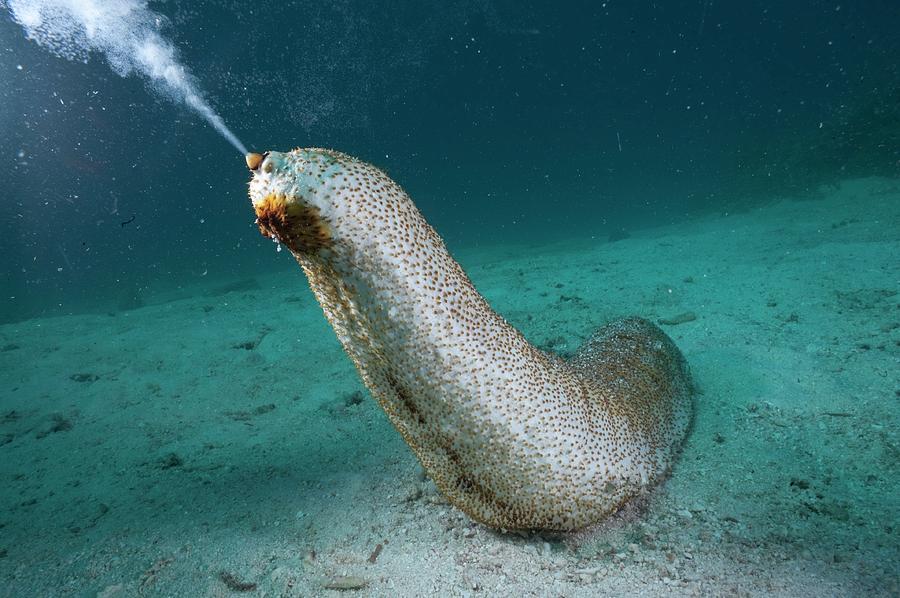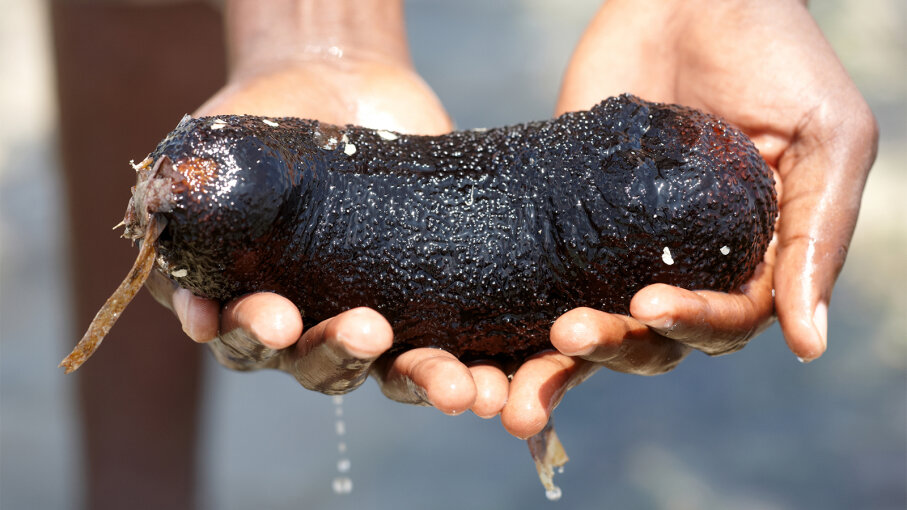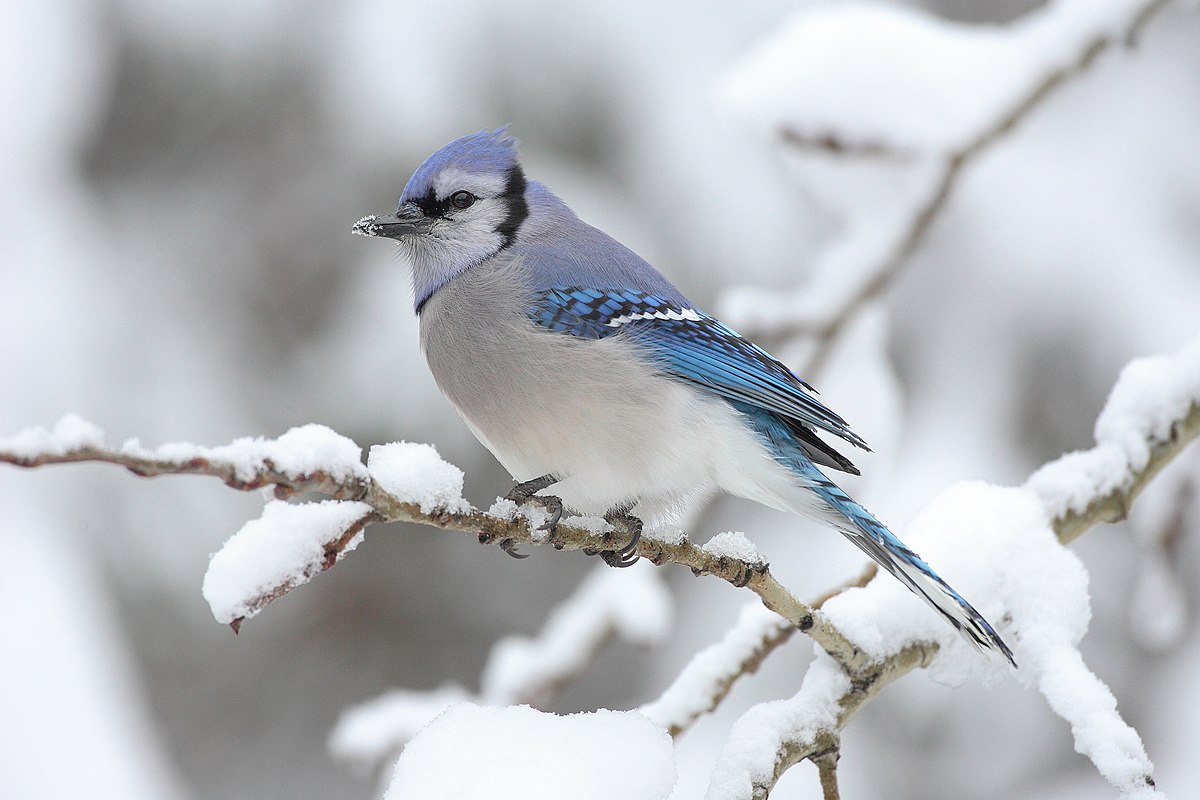Thursday, February 25, 2021
Feb. 24/2021
Saturday, February 20, 2021
Feb. 17/2021
Feature:
Elizabeth Ann the Black-Footed Ferret Is the First-Ever Cloned Endangered U.S. Species
"Scientists are introducing the world to a black-footed ferret named Elizabeth Ann — the first-ever endangered U.S. species to be cloned.
Elizabeth Ann was born on Dec. 10 after being created from the frozen cells of another black-footed ferret named Willa, who died over 30 years ago, according to the U.S. Fish & Wildlife Service.
Once thought to be completely extinct, a small population of black-footed ferrets — one of North America's rarest land mammals — was discovered in 1981 by a Wyoming rancher...Elizabeth Ann's story truly began in 1988, when the Wyoming department sent frozen cell samples from a black-footed ferret named Willa to San Diego Zoo Global's Frozen Zoo.
Subsequent genetic studies showed that Willa's samples 'possessed 3 times more unique variations than the living population.'
In 2013, the Fish & Wildlife Service began working with Revive & Restore, a organization that focuses on using biotechnology to help bolster conservation efforts.
Then in 2018, Revive & Restore received the 'first-ever recovery permit for cloning research of an endangered species,' & they partnered with ViaGen Pets & Equine to successfully create embryos from frozen black-footed ferret cells,& implant them into a surrogate.
Although the entire process was years in the making, scientists didn't have to wait long for Elizabeth Ann's arrival.
Just 2 weeks after their first trial began on Halloween, scientists confirmed the surrogate was pregnant — & on Dec. 10, Elizabeth Ann arrived via C-section, according to The New York Times.
As for Elizabeth Ann's future, she'll live out the rest of her life at Colorado's Ferret Conservation Center — & hopefully add some cloned siblings, & mates, to her family.
'San Diego Zoo Global's Frozen Zoo was created more than 40 years ago with the hope that it would provide solutions to future conservation challenges,' Oliver Ryder, the director of conservation genetics at San Diego Zoo Global, said in a press release. 'We are delighted that we have been able to cryobank &, years later, provide viable cell cultures for this groundbreaking project.'
'It was a commitment to seeing this species survive that has led to the successful birth of Elizabeth Ann. To see her now thriving ushers in a new era for her species & for conservation-dependent species everywhere,' added Ryan Phelan, Revive & Restore's executive director. 'She is a win for biodiversity & for genetic rescue.'"
By Maria Pasquini
Feb. 19/2021
people.com
Cute Critter Pics:
Weekly Chuckle:#StaySafe
Friday, February 12, 2021
Feb. 10/2021
Feature:
It’s time for the Great Backyard Bird Count — see how many you can spot
"...During the long, dark days of winter, every Canadian looks for illumination.
One bright light to look for are the native birds with their hardy, courageous natures that stay with us over winter. And when has there been a better time to slow down & observe avian activity than during the pandemic?
Now is the time to birdwatch with a purpose: The Great Backyard Bird Count is on, running Feb. 12-15, & it’s your chance to get in on the action — from a backyard, a park, on a walk through a forest or anywhere that birds can be seen & counted.
The bird count was the first online citizen-science project to collect data on wild birds when it launched in 1998 as a joint program of the Cornell Lab of Ornithology & National Audubon Society. Canadian partner Birds Canada joined the program in 2009.
Steven Price, president of Birds Canada, said the annual 4-day event last year attracted 40,000 volunteers in Canada & more than 250,000 participants around the world. Together, they counted over 27 million birds — almost 7,000 species.
'The information is used is used to help scientists around the world understand the range of birds, threats like climate change & habitat loss, & it helps Birds Canada demonstrate where conservation action is working to conserve nature,' said Price.
Participation is simple. Log onto the Birds Canada website at birdscanada.org & click on the Great-Backyard-Bird-Count link. Sign up & you are in. Now all you have to do is count birds &, if possible, name them & record the results on the website.
Between us, we have 16 bird feeders. We offer our feathered friends a mixture of quality, corn-free seed, pure black oil sunflower seeds, nyjer seed for the little songlets like nuthatches, suet for chickadees & woodpeckers, & bird-quality peanuts for even more woodpeckers (always salt free).
Our favourite birds this time of year & how best to attract them:
Blue jays. No need to wait for the season opener...since the jays are lurking in your nearest cedar hedge waiting for peanuts. In the shell or out, bird peanuts are like candy to blue jays. Black oil sunflower seeds also work well. Members of the crow family, they are smart, noisy & bossy. Most other birds step aside when they’re around...
Chickadees. Cute, friendly (you can train them to take seed from your open hand) & chirpy. Chickadees get their name from their 'chick-a-dee-dee-dee' song. Black oil sunflower seeds are best.
Nuthatches. One of the few birds that travel down a tree trunk headfirst, they’re like fearless kids on a playset. Nyjer seed & black oil sunflower seeds for these little ones.
Mark
Ben Cullen
Toronto Star
Feb. 9/2021
Cute Critter Pics:
Wednesday, February 3, 2021
Feb. 3/2021
Feature:
Scientists Discover Massive ‘Silly String’ Creature in Deep Sea
"...scientists @ the Schmidt Ocean Institute captured footage of a massive siphonophore in the Indian Ocean. Siphonophores are closely related to the jellyfish & this could have been the largest ever recorded. The institute shared a stunning video & images of this giant ocean creatures that created a ‘galaxy-like spiral’ floating off Western Australia.
The footage was captured during an expedition of the deep sea Ningaloo Canyons. Although it’s unclear exactly how long the animal is, the pilot of a remotely operated vehicle used lasers to determine the size of the siphonophore’s outer ring & estimated it was 154 feet long (!), based on its diameter.
Siphonophores are deep-sea predators related to jellyfish & corals that catch prey including tiny crustaceans & fish, in their curtain of stinging cells. The colony in the images is made up of thousands of individual, specialized clone bodies, that work together as a team.
'There is so much we don’t know about the deep sea, & there are countless species never before seen,' said Wendy Schmidt, co-founder of Schmidt Ocean Institute, in a statement. 'The Ningaloo Canyons are just one of many vast underwater wonders we are about to discover that can help us better understand our planet.'
freetheocean.comCute Critter Pics:
Weekly Chuckle:
#StaySafe



































